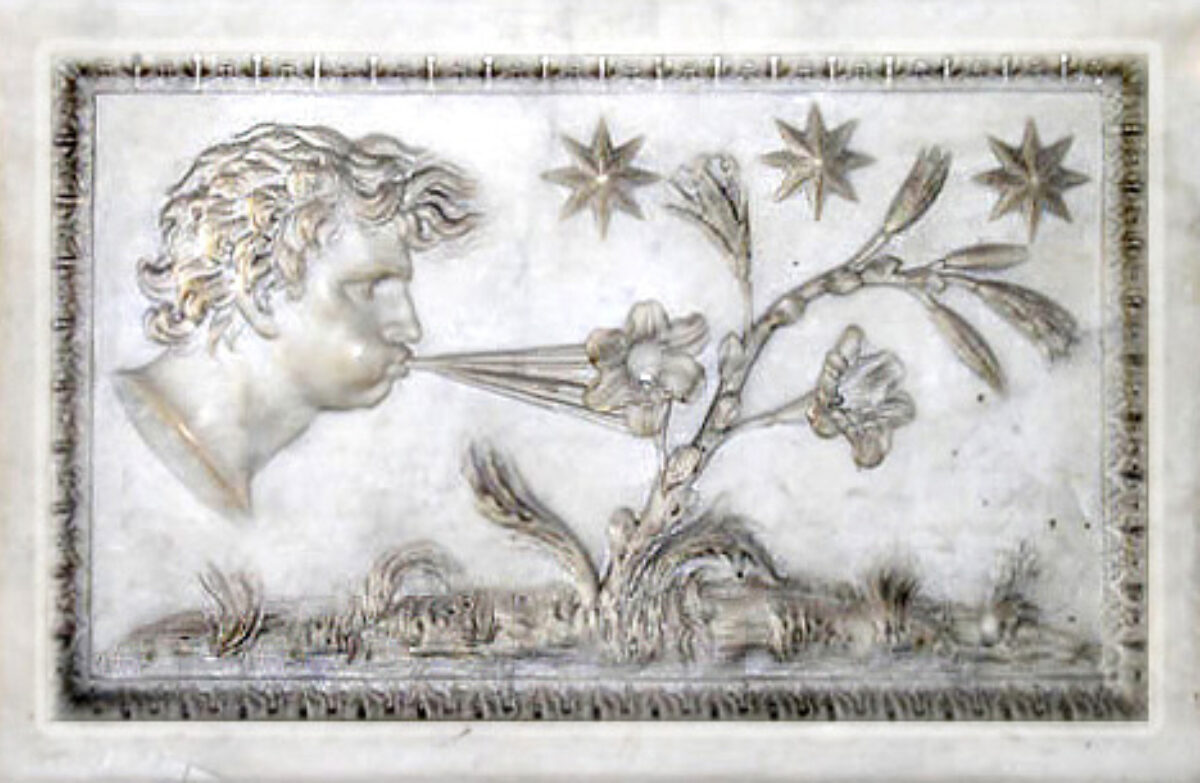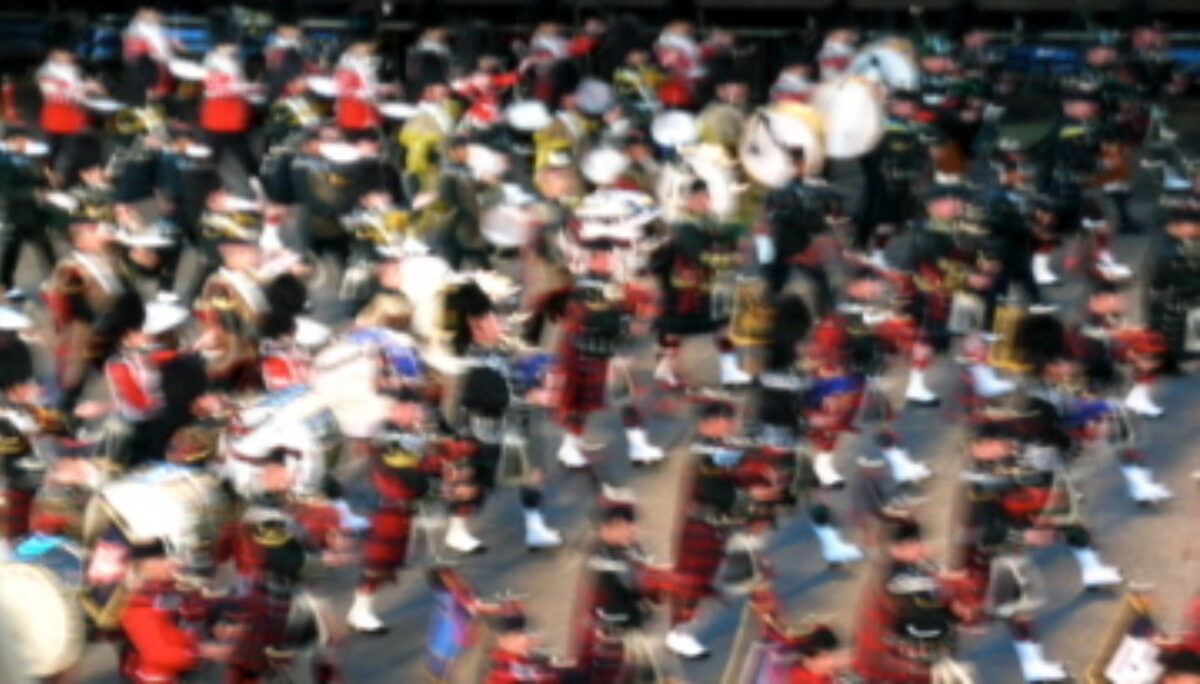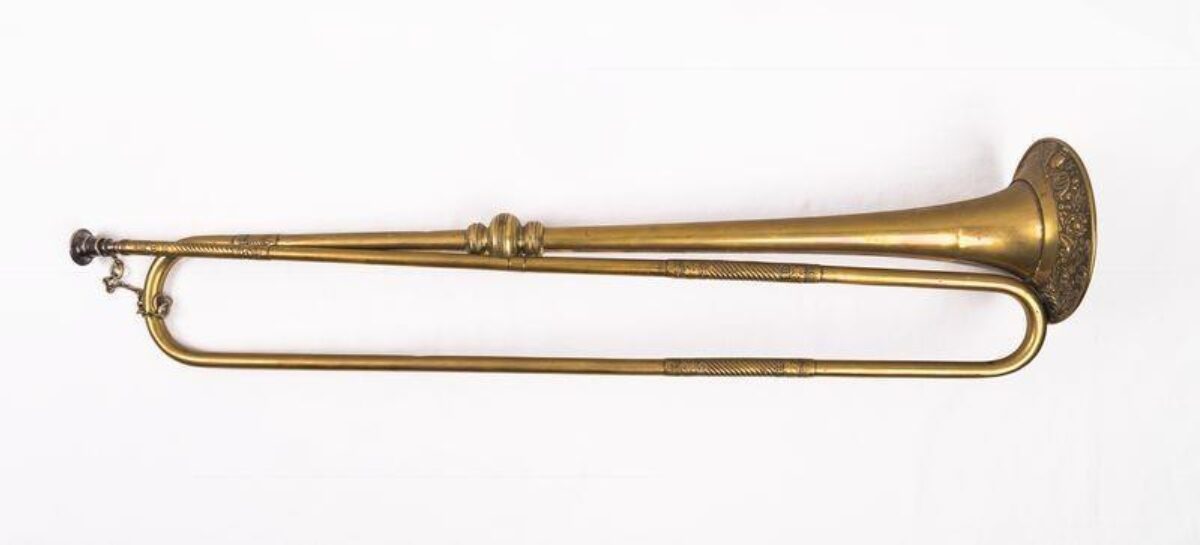On animation: The music of the dust bunnies - as played by the Aerophonic Orchestra
To the dust bunnies The Wind is their god, both destroyer and creator. It makes their music too.
01 November 2020
Because The Wind sculpts, moulds and steers the entire existence of the dust bunnies, I want the music for the film of Rayon the Dust Bunny and a Vacuum Abhorred to be wind-powered.
in mysterious ways, random manifestations of The Wind, from wafting zephyrs to lively eddys, blow around the house, entangling threads and fibres into nice, dense dust bunnies behind the telly or under the bed.
Alternatively on a breezy day, The Wind might just blow an entire clutch of unfortunate kitchen dust bunnies out of the back door and into oblivion.
The Wind That Blows Backwards is the vacuum cleaner. Instead of blowing dust bunnies about, this mindless machine has an insatiable appetite for inhaling dust bunnies permanently into its capacious belly.
So because the Aeolian processes sculpt and mould the entire existence of dust bunnies, I want the music for the film of Rayon the Dust Bunny and a Vacuum Abhorred to be wind-powered.

The class of wind-driven instruments are called aerophones – instruments powered by puffing to make the air shake. Hence the notion of an Aerophonic Orchestra.
I want to give The Wind, the vacuum cleaner and the many tribes and characters of dust bunnies their own musical voice or theme much like Prokofiev’s Peter and the Wolf.
But because The Wind moves in mysterious ways, the music of The Wind might involve odd recruits for the Aerophonic Orchestra – the Andean Nose Flute, those irritating pan pipes, a didgeridoo, a harmonica and various ethnic variations of bagpipes.

The piccolo can take notes high into the troposphere while the Ophicleide has a lovely been-in-the-attic-forever voice.
Vernon Elliot, a composer and conductor of the Royal Philharmonic Orchestra, was asked by Oliver Postgate of Smallfilms fame for a bassoon theme for Ivor the Engine. The bassoon can bring it’s bigger brother, the contrabassoon along too. They sound very merry together.
Then there’s the Contraforte which is very good at prowling round the lower registers.
At the moment I’m intrigued by the notion of ceremonial trumpets being the voice of the vacuum cleaner. They’re the simplest of aerophones yet its voice commands a room and it cannot be ignored, shy it isn’t.

The Wind is also the Great Choreographer.
To get around the house, dust bunnies will hitch a lift on updraughts and vortices or waltz from place to place on the gentler waftings from opening doors or people flapping their clothes about.
Accordingly the music of the Aerophonic Orchestra will play for the dust bunny dance scenes – of which there are several; the migration of the dust bunny tribes by moonlight, the kidnapping of Cotton by the dandelion seeds and for the Grand Finale, the glorious, joyous return of the dust bunnies to their rightful place.

I’d encourage some lateral thinking to provide rhythm. Use air pressure to fire ping pong balls at big bass drums when you need a beat. Blast air from a compressor across the top of big glass containers to get a big airy bass note, that sort of thing.
Ambient wind noise is also permisso and there’ll probably be a fight in the car park about the vox humana.
So the Aerophonic Orchestra has to make music we might cry to and music we can definitely dance to. I want the music of Rayon the Dust Bunny and a Vacuum Abhorred to be delightful.
Insisting on aerophones is a lovely tight brief for a composer; limits encourage creativity. My question is who to approach? Somewhere there’s a composer who takes their whimsy seriously enough to breath life into the music of the dust bunnies. I hope we get to meet.